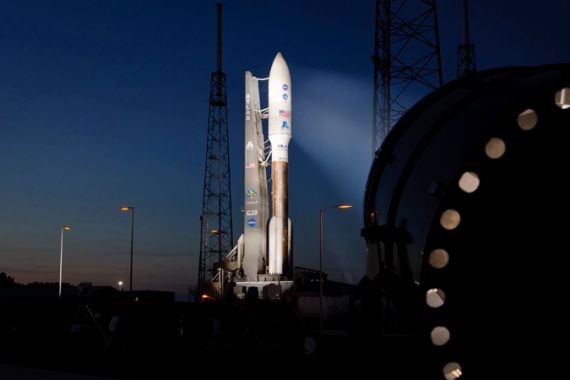NASA probe embarks on journey to Jupiter
The $1.1bn Juno spacecraft will study how the planet was formed in a bid to unlock secrets of the early solar system.

NASA has launched an unmanned spacecraft to Jupiter to collect data on how the planets in our solar system were formed, reports the AFP news agency.
The probe, named Juno after the wife of the Roman god Jupiter, launched from Cape Canaveral Air Force Station in Florida at 12:25pm (16:25 GMT) on Friday.
Keep reading
list of 4 itemsHong Kong’s first monkey virus case – what do we know about the B virus?
Why will low birthrate in Europe trigger ‘Staggering social change’?
The Max Planck Society must end its unconditional support for Israel
The craft will travel around the sun for two years before setting course for Jupiter – which it will reach in July 2016. By the journey’s end, Juno will have travelled more than 716-million kilometres.
Jupiter, the fifth planet from the sun, was described by a NASA television commentator as “a planetary piece of the puzzle on the beginning of our solar system”.
When Juno reaches its final destination, it will orbit at roughly 5,000km and utilise a host of instruments to learn more about the planet. NASA wants to map its magnetic field, determine how much water it contains and identify what makes up the planet’s core.
“We’re really looking for the recipe for planet formation,” Scott Bolton, Juno’s lead scientist, said.
“We’re going after the ingredients of Jupiter by getting the water abundance as well as very precise measurements of the gravity field that will help us understand whether there’s a core of heavy elements or a core of rocks in the middle of Jupiter.”
The measurements will help scientists determine what the early solar system looked like and how Jupiter, believed to be the first planet to form, was created, reports Reuters news agency.
Juno was constructed by Lockheed Martin Astronautics on a $1.1bn budget.